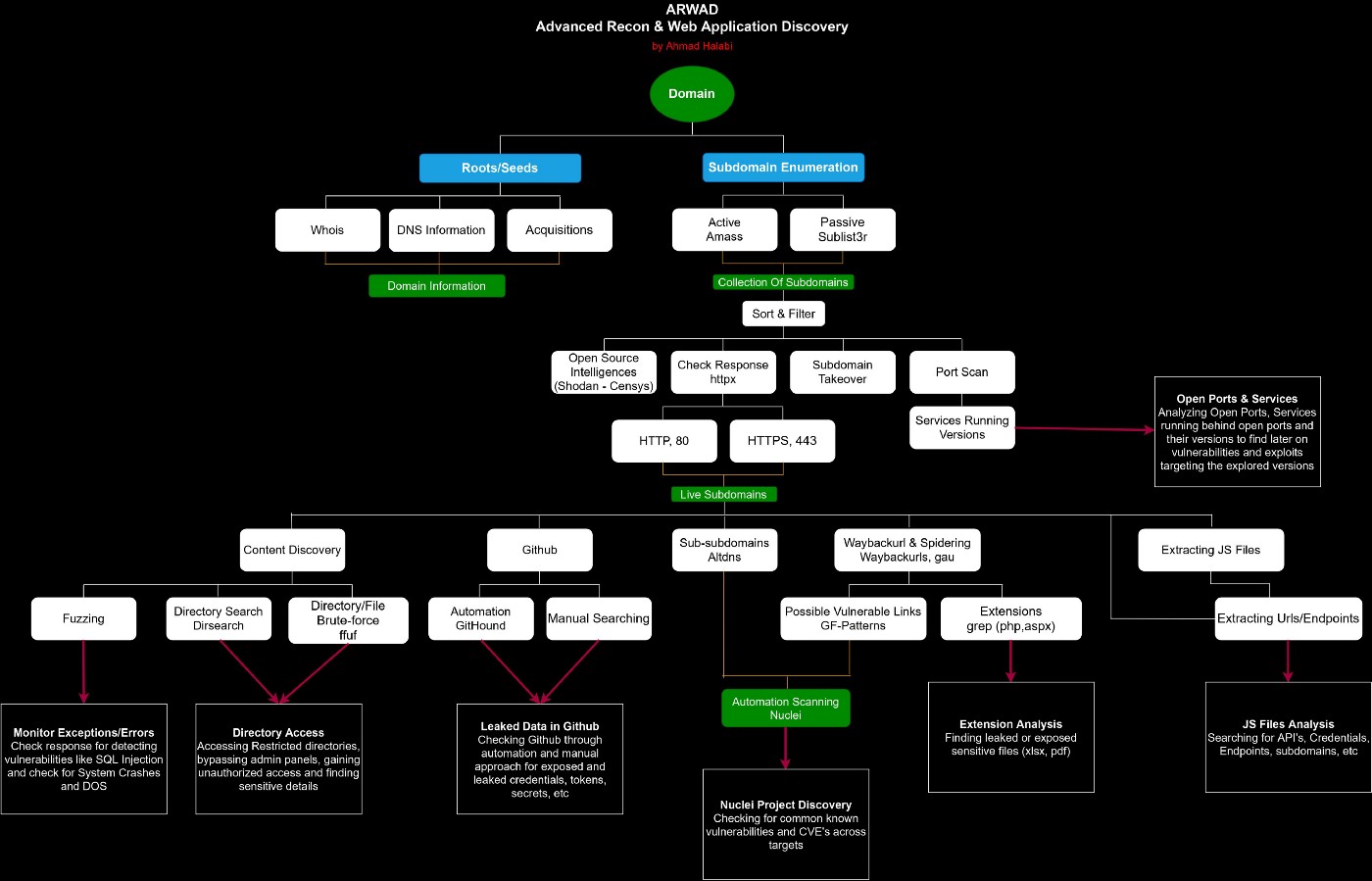Centralized Log Management
What is Centralized Log Management?
In case of a cyber security incident, logs play a vital role in various activities such as establishing the point of compromise, tracing the actions of an attacker, further investigation, and regulatory proceedings before an authority, etc. Logs are generated by every application, let it be a general application like performance monitoring or security specific application like a firewall.
Logs assist in understanding how changes have taken place in a particular system. By searching, sorting, and filtering the log data, it becomes easy to pinpoint errors, issues, loopholes, or gaps that might have occurred. Manually doing so can be an extremely time-consuming process as one needs to look at thousands of log entries coming from hundreds of log files.
In order to make this entire process easy, you need a Centralized Log Management system.
Collecting Evidence from Network Infrastructure Devices
You can collect a lot of information from network infrastructure devices, such as routers, switches, wireless LAN controllers, load balancers, firewalls, and many others that can be very beneficial for cybersecurity forensics investigations. Collecting all this data can be easier said than done, which is why it is important to have one or more systems as a central log repository and to configure all your network devices to forward events to this central log analysis tool.
You should also make sure it can hold several months’ worth of events. As you may have learned, syslog is often used to centralize events. You should also increase the types of events that are logged—for example, DHCP events, NetFlow, VPN logs, and so on.
Another important thing to keep in mind is that network devices can also be compromised by threat actors. Subsequently, the data generated by these devices can also be assumed to be compromised and manipulated by the attacker. Finding forensic evidence for these
incidents can become much harder.
A CLM system provides the following capabilities to your organization –
* Centralized storage for log data coming in from multiple sources
* Implementing log retention policies so that log data irrelevant to security is deleted after a specific time period
* Easily searching and sorting through thousands of log entries
* Defining organization-specific metrics for generation of alerts
* Access to multiple users of internal security team at the same time
* Easier user access management on a single centralized platform
* Simpler process for meeting performance, availability, compliance, and security requirements
* Cheaper and affordable log management as compared to managing logs on a specific system
Thank you !
Credit: Cybersecurity Prism .



Comments
Post a Comment